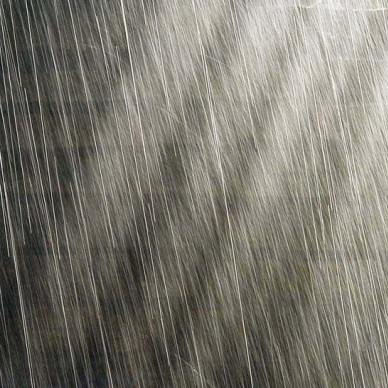

 I wish more German soldiers were punished for shooting Polish people [finger of the monkey’s paw curls]
I wish more German soldiers were punished for shooting Polish people [finger of the monkey’s paw curls]


 I wish more German soldiers were punished for shooting Polish people [finger of the monkey’s paw curls]
I wish more German soldiers were punished for shooting Polish people [finger of the monkey’s paw curls]

Select all images with people who won the Winter War
If there are none, click skip
[Skip] 


The only way to remove it is with an ‘exile’ effect


*NATO *10 years ago


Saint Petersburg
Where’s that? Is it near Leningrad?


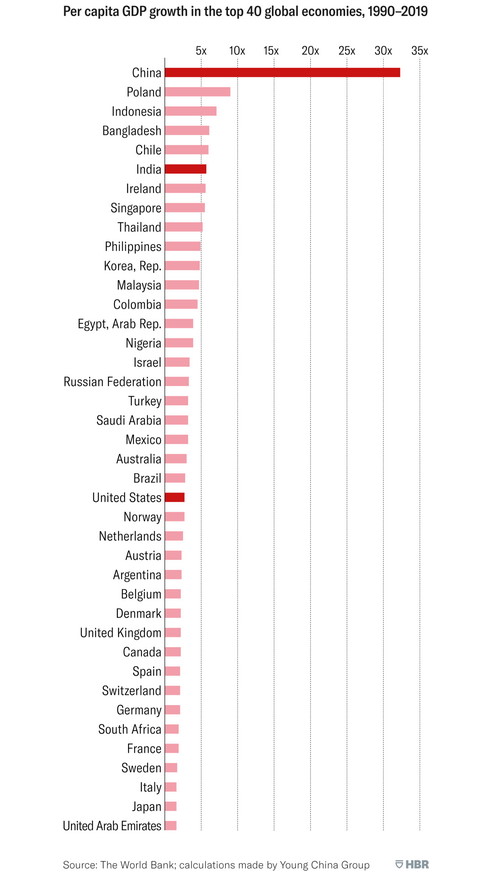


about it you ignorant racist imperial peon.
Chinese people feel both that their country is more democratic, and that democracy is more important than USians do.

Because in the US, the average person’s support for a policy has NO EFFECT on how likely it is to be passed, whereas the opinions of the ultra-wealthy are basically already law.


There was German resistance to the Nazis too.


No, and we probably never will for sure, but it ran away and really that’s embarrassing enough.


Damn, cause from here it seems kinda like all their Nazi shock troopers got smoked
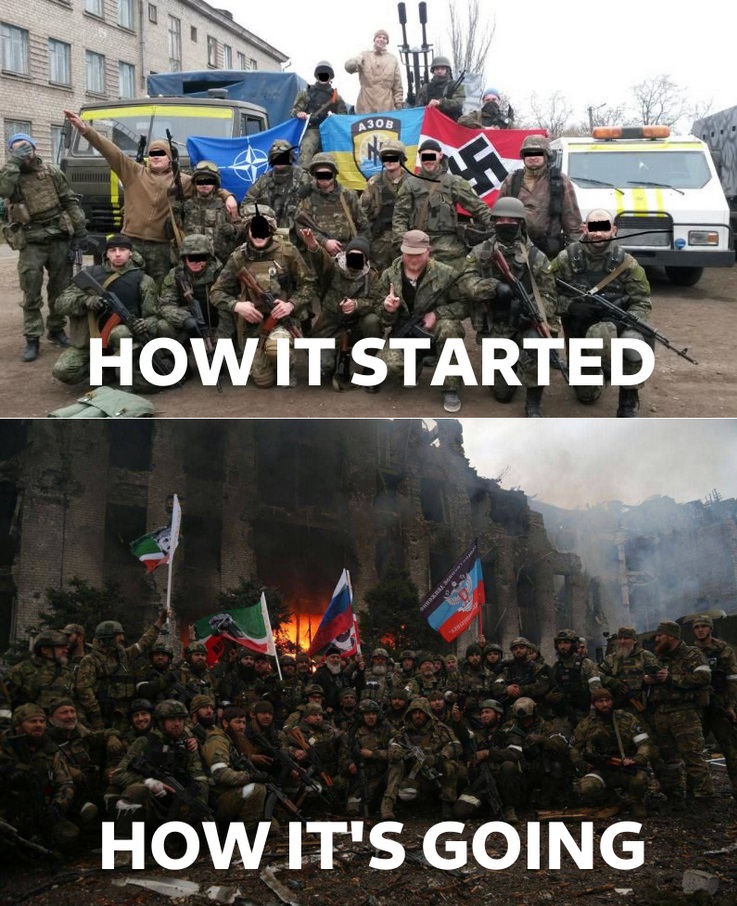


What do you mean? Now the brave Ukrainian resistance can use those Schutz Staffel Storm Shadows or whatever the fuck to not only blow up grocery stores in downtown Donetsk, but also blow up grocery stores in downtown Belgorod too!


Violence is the only thing that has ever destroyed oppression.
Violence, and the threat of violence, is the only way to make someone who is persecuting you for their own material benefit stop.


There was another post somewhere with the calculation of the actual explosive warhead mass converted into TNT equivalent, and it was around 6kT total, just over a third of Little Boy which was 15kT. Which is still absolutely fucking insane.


No it cannot, because the Ukrainian army and regime is filled with nazis that want to ethnic-cleanse the Russian speaking population.
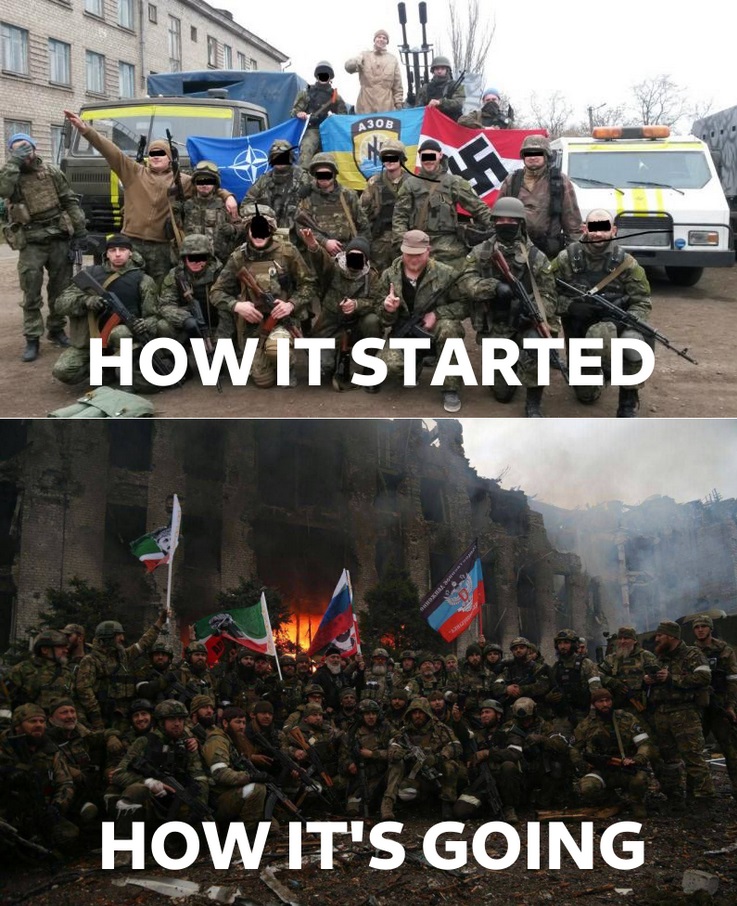
Here is a video of a Ukrainian nazi conference on the 5th of February 2022 (!) discussing the end goal of a dismembered Russia, which these nazis expected to gain a large share of the spoils from.


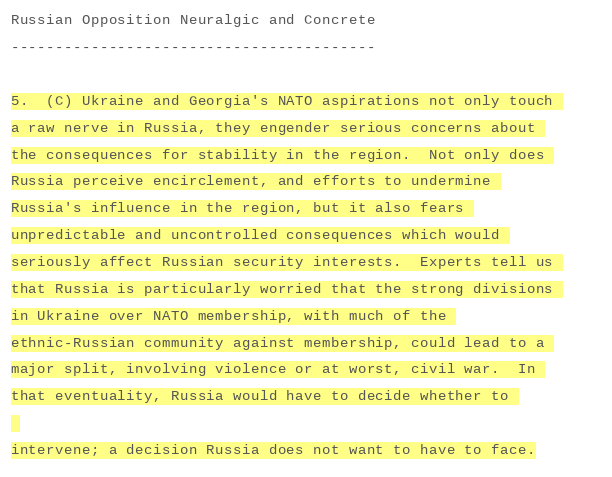


The Chinese Nationalists thought that military power should decide that they were in charge of China, right up until the People’s Liberation Army fucking bodied them and they fled to their little island with their tails between their legs (and then conducted massacres against the native population and anyone remotely leftist).
This “”“independence dispute”“” would have been resolved seventy years ago had the US Navy not stuck their fucking imperial beak in and stopped the communists chasing down these fascist war criminals and finishing the job.


Everything that exists takes its shape from a balance of opposing forces internal to its structure, and everything that exists is either coming into existence or fading from it.
For the first point, imagine a suspension bridge. The shape of the bridge is formed from the opposing forces of its wires pulling in opposite directions, but instead of cancelling out or one force winning over the other, the two opposed forces result in a synthesis - the structure of the bridge holding up against gravity.
For the second point, consider a mountain range. It is either rising up due to tectonic shifts or it is weathering away from wind, rain and frost. Either it’s rising up faster (as the Himalayas are today), or it’s weathering away faster (as most other places) - if the two rates happen to be exactly equal for a time then you have a moment of equilibrium, which are very rare in nature and only ever exist as a dynamic equilibrium. This is the complete opposite conclusion to the kind of ‘mechanistic’ materialism that underpins liberalism, where stasis and stillness are assumed to be the natural state of any system. With a dialectical understanding we can see that change is the natural state of a system, while equilibrium is fleeting and even the most seemingly ageless mountains will inevitably become dust in the wind, indeed are already becoming dust.
Consider also the suspension bridge again. While it’s being built, it’s coming into being, but the instant that construction is finished it begins to suffer the decay of entropy. It starts to rust and crumble away, and will fade out of existence unless it is actively maintained - unless energy is expended ‘bringing it into being’ once more and restoring the balance of the opposed forces that make it up. Otherwise, if one force begins to weaken (one side of the cables begin to rust) the forces may become so unbalanced that the structure disintegrates.
Now to combine these two points, think of fire. Fire is a particularly good illustration of a dialectical process, because it is a process that abolishes itself. Fire has to consume fuel to exist, in fact its existence is nothing but the consumption of fuel, but once it has consumed the fuel it disappears: its existence inevitably destroys the very conditions that allow it to exist. It spreads, rapidly bringing more and more of itself into existence, until all available fuel is being burned and it starts dwindling away. And this happens not because of “conscious will” (neither God reaching down to snuff it out, nor the fire ‘choosing’ to burn to ash), but because of its internal structure and the resolution of its internal contradictions.
Another such example would be yeast turning sugar into alcohol, inevitably poisoning itself to death… and a further example would be capitalist society creating the conditions for a socialist revolution. The capitalists cannot do away with the workers, their labor is the only thing that allows capital to be expanded. But competing in the market obliges the capitalists to drive their workers into such miserable conditions that they inevitably ask things like “Why is this happening to me? What has caused this situation? And how can I stop it?”
And in answering those questions, they are brought face-to-face with stark reality, they are driven by necessity to seek a true understanding of the world’s historical development. They are forced to learn how the currently existing society rose out of the previous social structure, which, due to its internal contradictions, caused its own abolishment - the workers with the greatest understanding discover dialectical materialism, and thus finally they are able to understand the process by which they were inevitably forced into discovering dialectical materialism. So the process of capitalist society’s development leads, inevitably, to the existence of the communist workers that will overthrow it.


Yeah, clearly they just post any kind of Russian propaganda over at the… checks notes Kyiv Independent


Why are you defending the rump state of a fascist dictatorship?



I hope the “Republic of China” can someday be peacefully dissolved and the province of Taipei reunited under the mainland government.


I question the US’s claims over a certain region (the whole of it)
